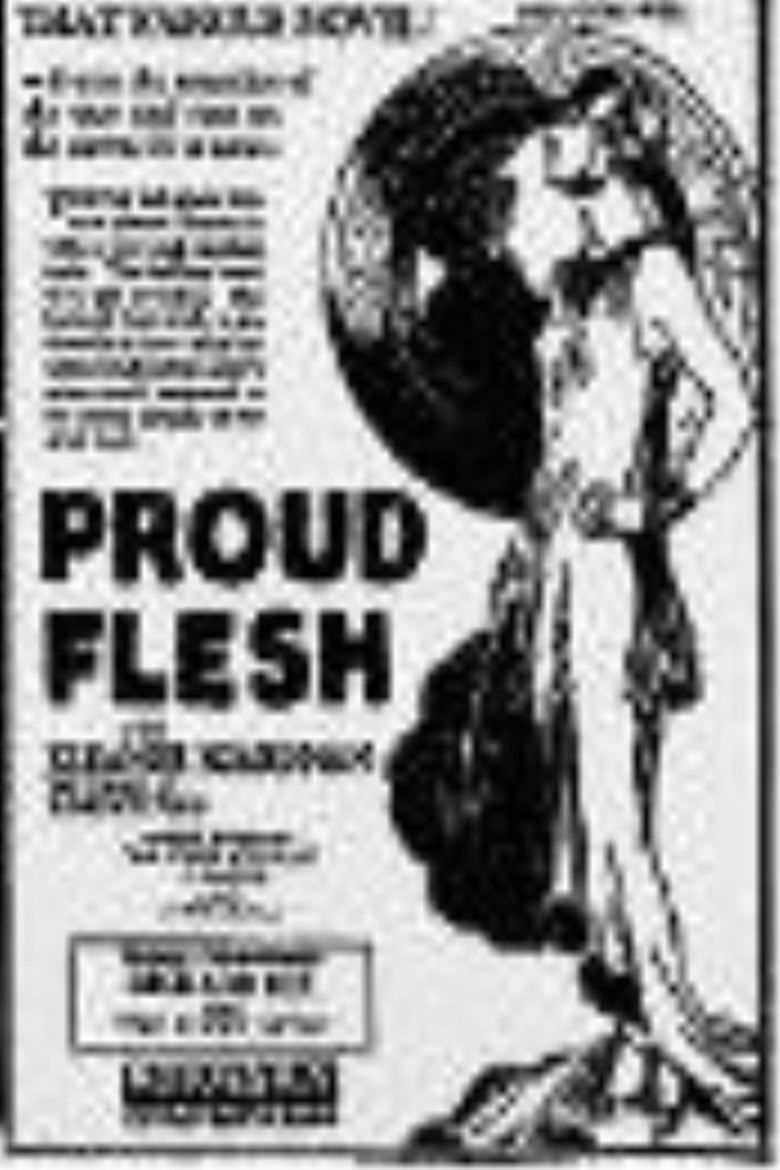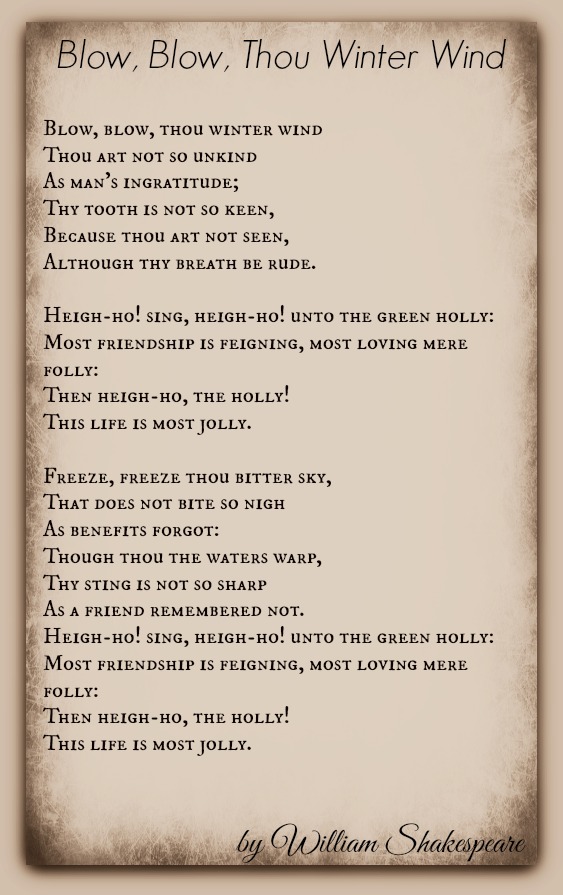

proud flesh is usually a dark red colour, it bulges out from the surface and sometimes has cracks in the surface.
PROUD FLESH SKIN
This makes it very hard for skin cells (keratinocytes) to move across the granulation bed. We see the granulation tissue continue to grow outwards and bulge over the skin edge. Horse leg wounds are very prone to proud flesh. This can take months to achieve if conditions aren’t optimal for healing. When a wound is healing, granulation tissue will fill the wound until it is level with the skin edges. It is made up of lots of blood vessels and doesn’t contain any nerve endings. Healthy granulation tissue is a nice pale pink in colour. Granulation tissue is the connective tissue that fills a wound. Proud flesh is exuberant granulation tissue.
PROUD FLESH HOW TO
To understand how to treat and prevent proud flesh it’s good to understand what it is. Stage Three: MaturationĪn example of granulation tissue that is starting to get out of control. Skin cells can’t migrate over proud flesh prolonging healing time. This can be counter-productive as it impedes epithelisation and therefore needs to be kept under control. Horses are a little bit special and like to produce a lot of granulation tissue or proud flesh (sometimes referred to as “exuberant granulation tissue”. Healthy granulation epithelial tissue does not bleed and is a nice light pink colour. This is the most important stage of wound healing and any disruption to this causes a delay in healing. It is a multistep process where the wound is rebuilt using a process called angiogenesis.īlood vessels proliferate and help transport oxygen and nutrients to the collagen and extracellular matrix that makes up the granulation tissue.Īpproximately 8-10 hours post-injury, epithelial cells are proliferating and crawling over the top of this extracellular matrix providing a ‘cover’ of new cells that will make up the new skin. Stage 2: We see a nice healthy bed of granulation tissue slowly covering the bone. There are three main phases in wound healing: Phase One: Inflammation

It is important to understand how wounds heal so that we can choose the best method of treatment to aid healing. How we treat some wounds may be contraindicated for others i.e wounds over a joint vs a wound on the gaskin vs a wound on the cannon bone. What we do need to remember is that not all wounds are treated equally. What we can do, is improve the quality of the healing and prevent proud flesh by ensuring that we treat wounds so that they heal in the most optimum way. There has been a large amount of research on how equine wounds heal, but unfortunately, we still can’t speed up how fast this occurs. Thankfully, wounds really don’t require a huge amount of special treatment to heal well and it doesn’t have to be the expensive exercise that many will have you believe. In this article, we discuss how wounds heal and how to prevent equine proud flesh. There are so many wives’ tales, potions, and treatment option opinions floating around that determining what to do can leave us scratching our heads in bewilderment. We hear the horror stories of how long wounds take to heal, the money it costs, not to mention how the prevention of proud flesh is nearly a full-time job in itself. Equine wounds are a horse owner’s worst nightmare.


 0 kommentar(er)
0 kommentar(er)
